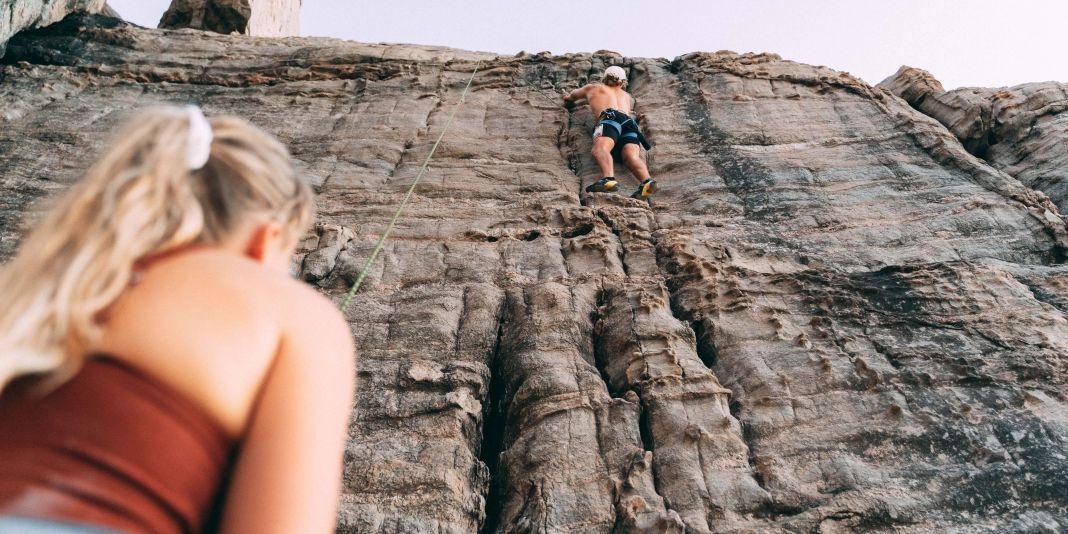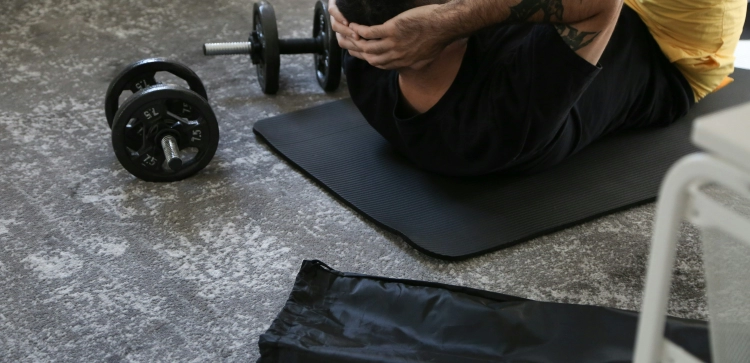What Are Some Safety Precautions While Lead Climbing?

Lead climbing is an exhilarating form of rock climbing that offers challenges and rewards like no other. However, it also comes with added risks that climbers must be aware of and take precautions against. Whether you're a seasoned lead climber or just starting, safety should always be your top priority. In this guide, we'll delve into essential safety precautions, best practices, and tips to ensure a secure lead climbing experience.
Understanding the Difference: Lead Climbing vs. Top-Rope Climbing
Lead climbing differs from top-rope climbing in that the climber ascends with the rope trailing behind them and clips it into protection points on the wall. This means that in lead climbing, the climber is responsible for setting protection and managing the rope, making safety awareness crucial.
Performing a Comprehensive Gear Inspection
Safety starts with the gear. Before embarking on a lead climb, perform a thorough inspection of your climbing equipment. Pay close attention to:
Harness:
- Ensure it's properly fitted and all buckles are securely fastened.
Rope:
- Examine for signs of damage, such as fraying or core shots. Ensure it's properly coiled and free from tangles.
Carabiners and Quickdraws:
- Check for any damage or wear on carabiners and slings. Ensure quickdraws are functioning correctly.
Helmet:
- Always wear a helmet to protect against falling debris and potential head injuries.
Effective Communication with Your Belayer
Clear and effective communication between the climber and belayer is critical. Here are key communication techniques:
Climbing Commands:
- Establish clear commands like "climbing" and "take" to signal your intentions to the belayer.
Climbing Calls:
- Use calls to communicate distance between protection points, such as "clip" to indicate you're about to clip the rope into a quickdraw.
Identifying and Managing Common Risks
Lead climbing presents unique risks, and being aware of them is vital for safety:
Back-Clipping:
- Check that the rope runs correctly through the quickdraw to avoid back-clipping, which can lead to dangerous rope positions.
Z-Clipping:
- Watch for z-clipping, where the rope loops back through a quickdraw, potentially causing jams.
Risk of Falling Objects:
- Be cautious of dislodging rocks or gear that could fall and harm climbers below.
Conclusion
Lead climbing is a thrilling adventure, but it comes with its own set of responsibilities. Prioritizing safety through gear inspections, effective communication, risk management, and personal vigilance is essential for a secure lead climbing experience.
Remember that safety is a shared responsibility between the climber and the belayer. Regular training, staying informed about best practices, and continuously honing your climbing skills will not only make you a more proficient lead climber but also ensure that you can enjoy the sport safely for years to come.

















